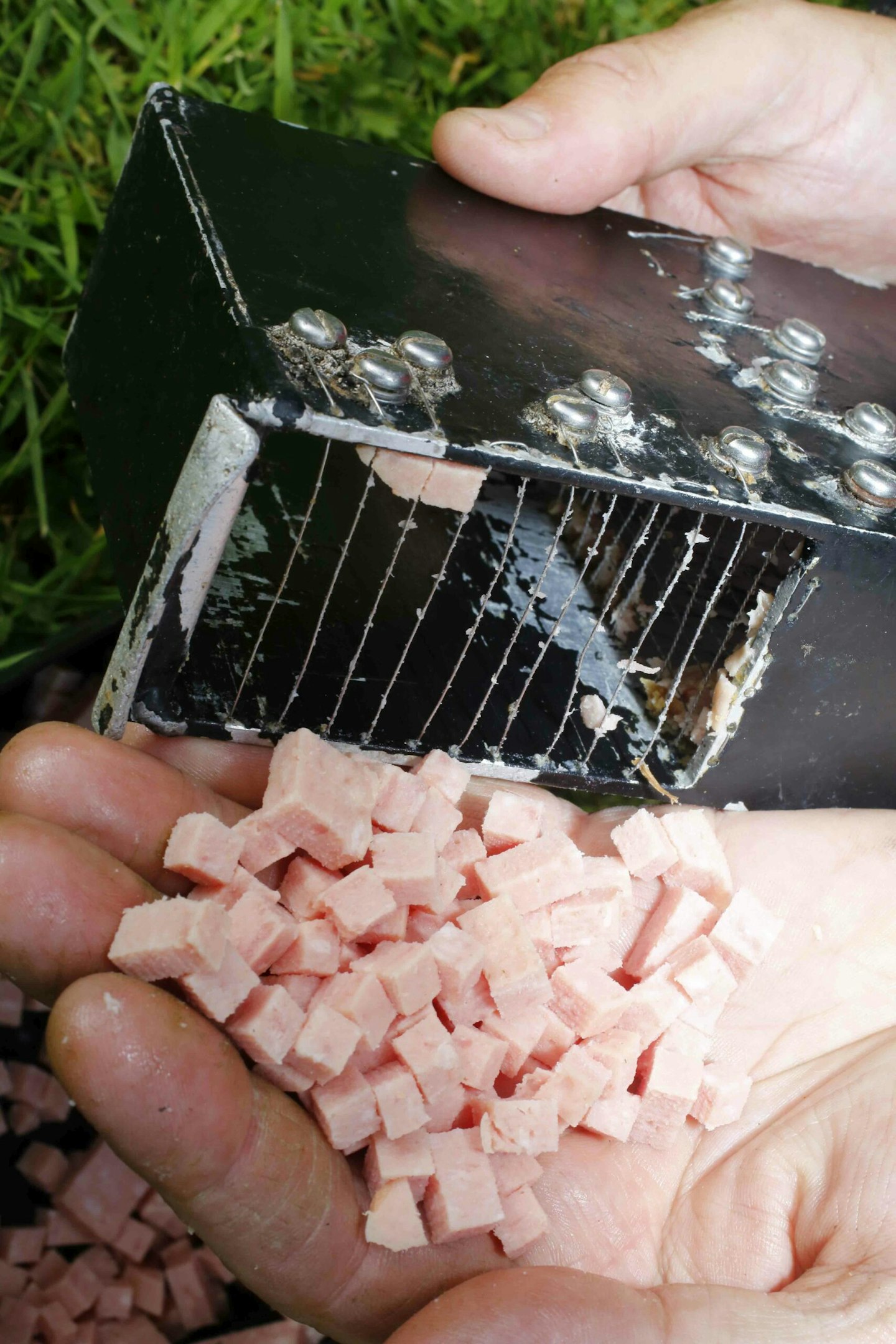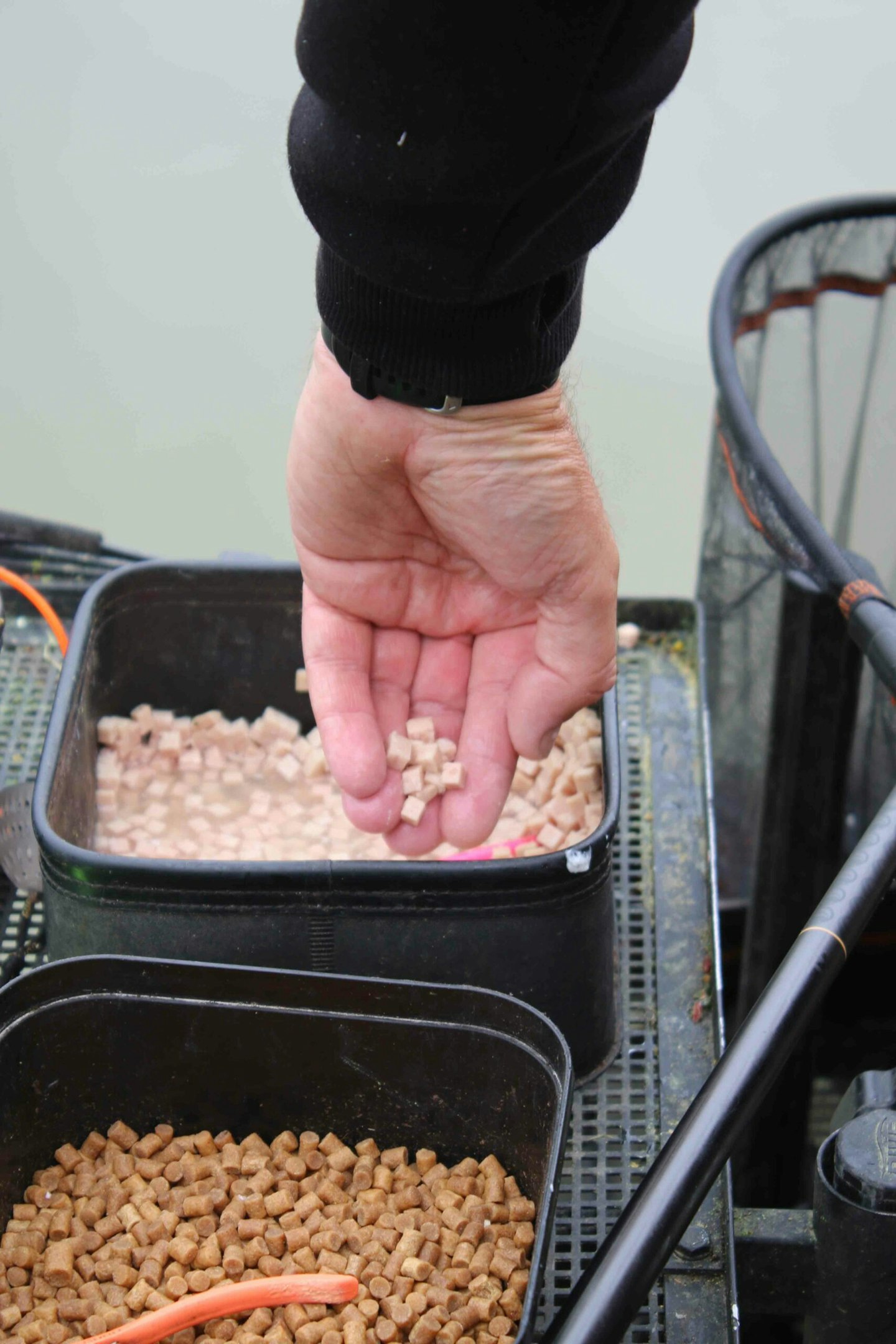The term ‘deep shallow’ is often used by anglers, and it’s something I first came across years ago at a White Acres festival.
I’d been lucky enough to draw the high bank of Pollawyn Lake and was told that ‘deep shallow’ was the method. The only problem was, I had no idea what that meant!
So, I started what I’d call conventional shallow fishing(2ft deep), but I couldn’t get a bite! I switched and adapted a rig to try and find the depth the fish were sitting at and eventually I found them at 6ft in 8ft of water. In fact, I managed to find enough of them to win the match with more than 100lb of carp and skimmers!
Since then I’ve caught big weights ‘deep shallow’ at several venues around the country, and it’s given me another tactical addition to my armoury – although this is definitely a method that is at its best on deeper venues, ideally lakes that are 6ft-plus.
Admittedly, I’ve no real idea why the method works, and why the fish don’t come higher up in the water on these venues. I’m not sure whether it’s down to air pressure, or simply a case of that being where the fish are happiest to feed. What I do know is that if you’re on a deep lake and are struggling to catch fish up in the water, going ‘deep shallow’ might just help.
THE BEST FISHING POLES ARE GREAT FOR FISHING DEEP SHALLOW.

Float choice
Even though you’re fishing deep, light rigs are best for this tactic. If I’m fishing a 6ft deep rig in 8ft of water I’ll look to fish as light as with a 4x12 float. By fishing a light rig I can fish through the layers and not just at 6ft, catching fish on the drop.
CHECK OUT THESE 5 MUST HAVE CARP POLE FISHING RIGS.

Pick the right bait
You can use most baits deep shallow, but hard pellets and meat stand out. I like 6mm pellets, and two pints is plenty for five hours. My favourite bait, though, is a 6mm cube of meat because both skimmers and carp love it, and it sinks slowly too.
CHECK OUT THIS GUIDE OF THE 5 BEST BAITS FOR FISHING SHALLOW.

How do you feed?
Feeding little and often is best. With meat, I’ll feed six to eight cubes every 30 seconds. If there are no signs, I’ll cut back to three to five cubes, but increase the frequency. The secret is to vary your feeding to keep the fish interested.
USE THE BEST FISHING CATAPULTS FOR FEEDING ACCURATELY.

Changing depth
You have to keep chopping and changing the depth to stay in touch with the fish. I’ll start deep, sometimes on the deck. Once I start to get a few line bites, I’ll come up in the water 6ins at a time until I find the depth the fish are feeding at.
OUR WHERE TO FISH GUIDE LISTS DEEP VENUES FOR FISHING DEEP SHALLOW.

